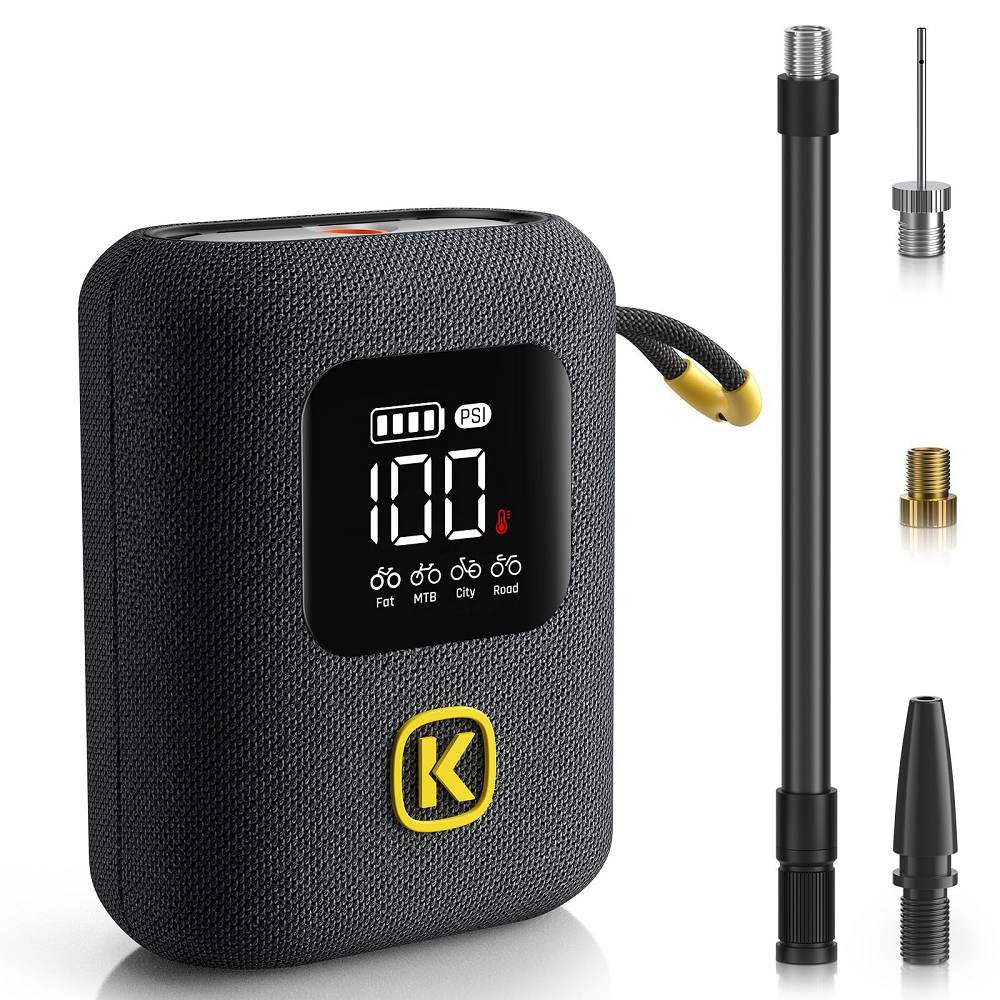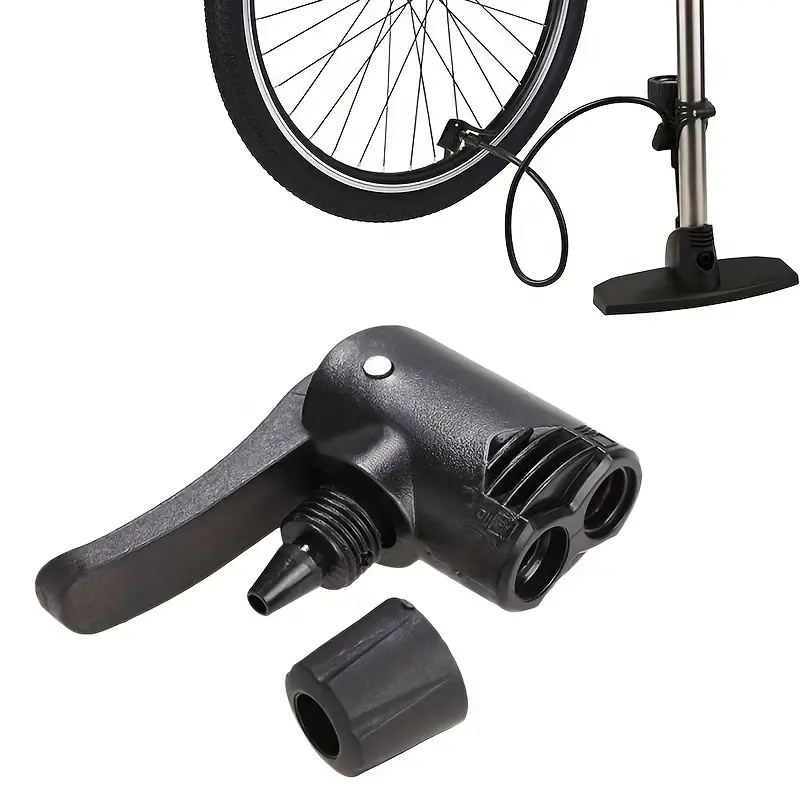Bicycling is a popular activity worldwide. People enjoy rides for exercise, commuting, or simply for fun. Regardless of the purpose, good bike maintenance is crucial. One often overlooked component of bike care is the tire. Keeping bicycle tires properly inflated is vital for safety, performance, and efficiency. For this reason, having a quality bicycle tire pump is essential. In this article, we will explore the types of bicycle tire pumps, their features, maintenance, and tips for choosing the best one.

Types of Bicycle Tire Pumps
Floor Pumps
Floor pumps are large, sturdy pumps that are often found in garages and bike shops. They are designed for home use and have a wide base that allows for stability while pumping. This type of pump typically includes a large barrel, a long hose, and a gauge to measure pressure. Floor pumps are efficient and can inflate tires quickly, making them a favorite among serious cyclists.
One of the primary advantages of floor pumps is their ability to generate a high volume of air with each stroke. This means you can inflate a tire to the desired pressure faster than with hand pumps. Additionally, many floor pumps feature dual-head systems. These can fit both Presta and Schrader valves, which is great for cyclists who have different types of bikes.
The gauge on a floor pump is another essential feature. It lets you monitor the pressure as you pump, ensuring you don’t over-inflate or under-inflate your tires. This helps prolong tire life and improves ride quality. However, these pumps can be bulky, making them unsuitable for carrying on long rides.
Hand Pumps
Hand pumps are compact and portable. They are the go-to option for cyclists who need a pump on the go. Hand pumps are lightweight and easy to carry in a backpack or attach to the frame of the bike. Despite their smaller size, many hand pumps are efficient and effective, capable of inflating tires when you need them most.
The primary drawback of hand pumps is that they take more effort to use compared to floor pumps. Each stroke delivers less air, which means it can take longer to inflate a tire fully. However, many modern hand pumps come with features like built-in pressure gauges and dual heads for valve compatibility. This makes them versatile and user-friendly.
Cyclists often purchase hand pumps for emergency situations. If you get a flat tire during a ride, a hand pump can save the day. That said, it’s important to invest in a quality hand pump. Cheap options may break under pressure and leave you stranded.
Mini Pumps
Mini pumps are even more compact than hand pumps. These are extremely portable and can fit in a pocket or attach easily to bike frames. While they are a great option for carrying with you, mini pumps generally take more effort to use. They may offer even lower air volume per stroke compared to hand pumps. However, they are great for emergency situations where space and weight are factors.
Many mini pumps can still adapt to Presta and Schrader valves, which enhances their usability. Some models even include an additional feature like a folding handle or a pressure gauge. Similar to hand pumps, it’s essential to choose a good mini pump. A high-quality mini pump will serve you well when you need it most.
What Features to Look For in a Bicycle Tire Pump
Pressure Gauge
A pressure gauge is one of the most important features to consider when buying a bicycle tire pump. A good gauge ensures you can accurately check the tire pressure during inflation. This is critical for maintaining the recommended pressure level. Inflating tires to the right pressure enhances safety, improves handling, and provides a more comfortable ride.
Many floor pumps come with an integrated pressure gauge. However, hand and mini pumps may not always feature this important tool. It’s advisable to check the type of gauge and make sure it’s easy to read. Some gauges are analog, while others are digital. Personal preference plays a role in choosing the right one.
Valve Compatibility
Not all pumps fit all valve types. Bicycles primarily use two types of valves: Presta and Schrader. Presta valves are thinner and often found on racing bikes, while Schrader valves are wider and resemble car tire valves. Make sure your chosen pump has a dual head or is compatible with both types. This will save you a lot of hassle when you need to inflate different bikes.
Build Quality
The materials used for a bike pump are crucial. A well-built pump will last longer and perform better. Look for sturdy materials such as high-grade plastics or metals. The hose should also be durable and flexible, allowing for easy maneuvering. If the pump feels cheap or flimsy, it’s likely to break or perform poorly.
Size and Weight
Consider how you plan to use the pump. If you need something for home use, size may not be as much of an issue. However, if you are looking for a portable option, you want a lightweight and compact pump. Hand and mini pumps fit well here, but remember that their size might impact their performance.
Maintenance and Care for Your Bicycle Tire Pump
Regular Inspection
Inspecting your bicycle tire pump regularly is one of the best ways to ensure it stays functional. Look for any signs of wear, especially on the hose and nozzle. Cracks or tears can lead to leaks that decrease efficiency. If the gauge shows irregular readings or stops working, it might be time to replace the pump or its components.
Cleaning the Pump
Dirt and grime can accumulate on pumps, especially if they are stored outside or in a dirty garage. Regularly clean your pump with a damp cloth to keep it in good condition. Make sure to dry it completely before storing. For floor pumps, wipe down the base and check that the valve head is free from debris.
Storing the Pump
When not in use, proper storage can prolong the life of your pump. Store it in a cool, dry place to prevent moisture-related damage. If you have a mini pump or hand pump, keep it within easy reach, preferably in a designated compartment in your bike bag. This makes it easier to grab whenever you need it.
Repairing the Pump
Sometimes, minor issues can be fixed without needing a full replacement. If your pump is leaking, check where the leak is coming from. Often, a loose connection can be tightened easily. If the hose shows damage, some pumps allow replacing just the hose instead of the entire unit. A little common sense and mechanical skill can save both time and money.
Tips for Choosing the Best Bicycle Tire Pump
Know Your Needs
Before shopping for a bike pump, consider how you will use it. If you are a casual cyclist, a hand or mini pump could suffice. For serious cyclists who ride often, a floor pump is likely a better investment. Assessing your needs will help you make the right choice, ensuring that you don’t end up with a pump that doesn’t meet your standards.
Read Reviews and Ratings
Take the time to read reviews and ratings online. Look for feedback from real users regarding a pump’s functionality, ease of use, and durability. Reviews can shed light on a product’s reliability and performance. They can also reveal any hidden drawbacks that might not be evident at first glance.
Compare Prices
While it’s important to buy a quality pump, price matters too. Set a budget for your bicycle tire pump and compare different brands and models within that range. Don’t overlook warranty services; a good warranty can add value to your purchase, ensuring peace of mind if anything goes wrong.
Consider Brand Reputation
Some brands are well-known for their quality and customer service. Researching brand reputation can give insight into product quality. A reputable brand often stands behind its products and offers reliable customer support. When you invest in a pump, choosing a well-regarded brand can be a safer bet.
Final Thoughts
A bicycle tire pump is a small but mighty tool every cyclist should own. It plays a crucial role in bike maintenance, ensuring your tires are always at peak performance. Whether you choose a floor pump for home use or a mini pump for emergencies, understanding the types, features, and maintenance practices can help you make the right choice.
A properly functioning tire pump not only enhances your riding experience but also improves safety on the road. Don’t neglect the importance of tire pressure; invest in a good bicycle tire pump. With the right pump, you can hit the road with confidence, knowing your bike is in its best shape.




